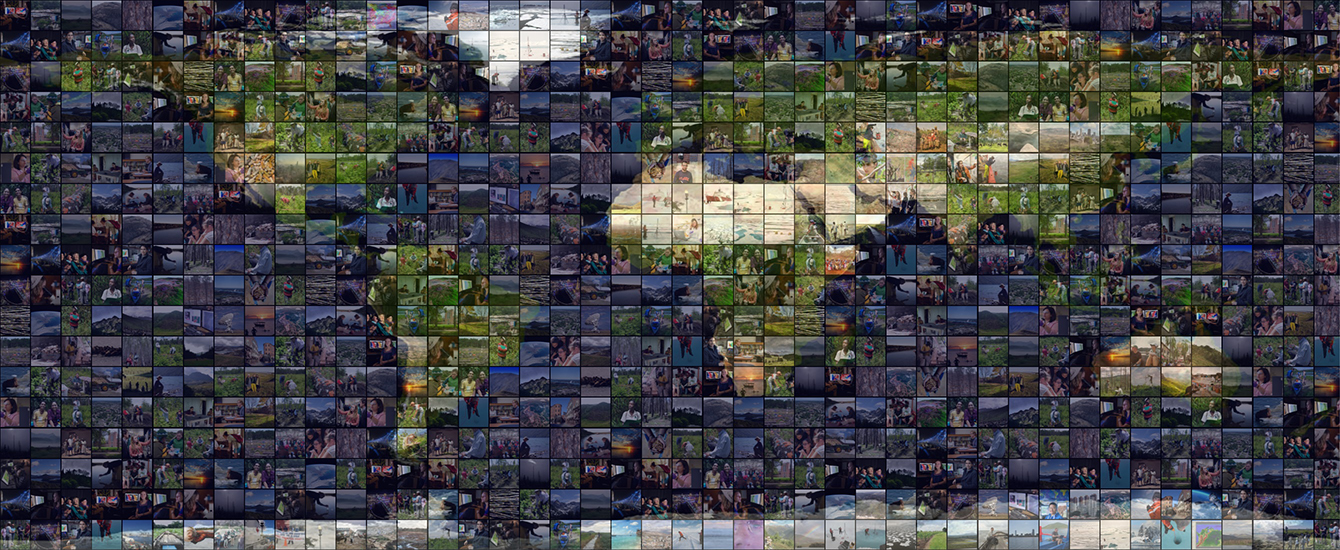Geography
Application of spectral and environmental variables to map the Kissimmee Prairie ecosystem using classification trees
Document Type
Article
Abstract
This paper compares a variety of classification tree-based approaches to map 10 vegetation cover classes and a single built-up class in the Kissimmee Prairie Ecosystem, an endangered grass-shrubland landscape in south-central Florida (USA). This comparison is provided to identify an effective and replicable mapping methodology and facilitate the ongoing regional-scale management and monitoring of grass-shrubland ecosystems. Results showed that the best-performing models included environmental variables, due to the ability of these variables to help distinguish spectrally similar classes. The highest overall proportional accuracy of 81% was the result of incorporating linear spectral mixture analysis and geo-environmental variables into the classification tree.
Publication Title
GIScience and Remote Sensing
Publication Date
2011
Volume
48
Issue
3
First Page
299
Last Page
323
ISSN
1548-1603
DOI
10.2747/1548-1603.48.3.299
Keywords
environmental effect, grassland, mapping, multispectral image, prairie, shrubland, vegetation cover
Repository Citation
Griffin, Sean; Rogan, John; and Runfola, Daniel, "Application of spectral and environmental variables to map the Kissimmee Prairie ecosystem using classification trees" (2011). Geography. 669.
https://commons.clarku.edu/faculty_geography/669




